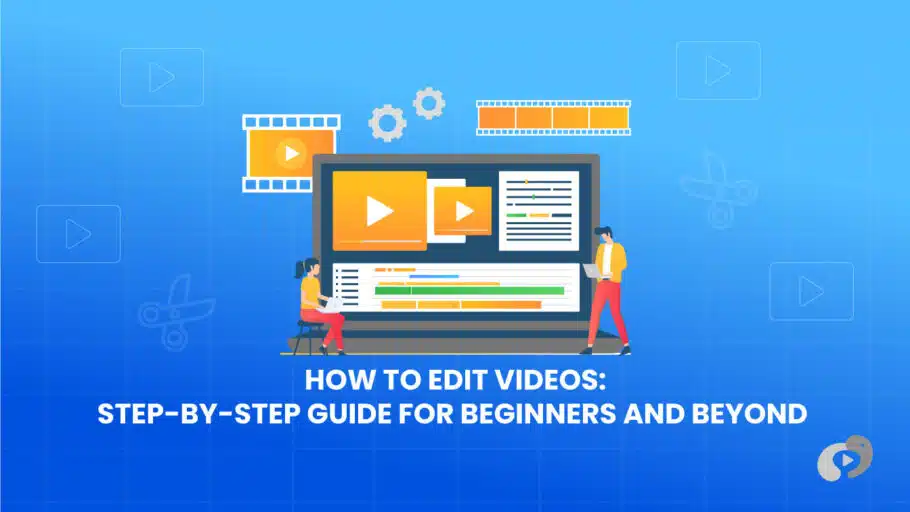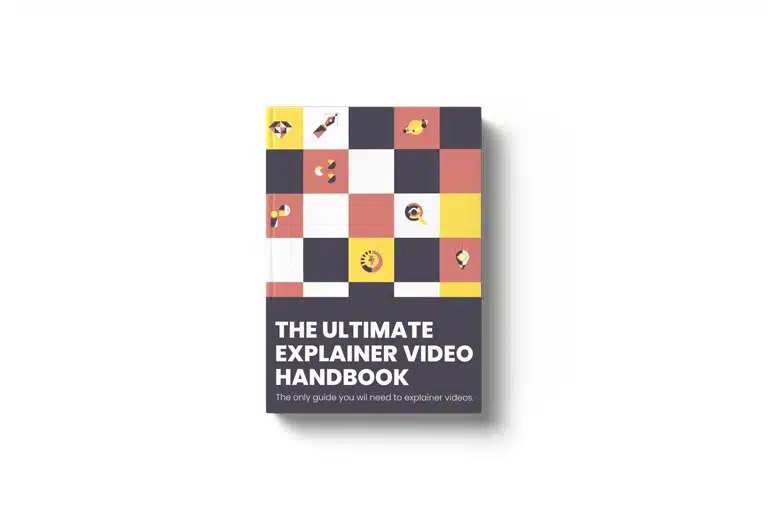Last Updated on February 6, 2025
Article Contents
Estimated reading time: 9 minutes
How to Edit Videos: Essential Tips and Techniques for Beginners
Video editing is a crucial component in the creation of engaging and polished content.
It involves the selection and arrangement of video clips, sound, and visual effects to narrate a story or convey a message effectively. With the rapid rise of social media platforms, digital marketing, and the increase in personal content creation, the demand for video editing skills has surged. Whether it’s for promotional materials, social media posts, or vlogs, well-edited videos capture audience attention and can significantly enhance communication, making video editing an invaluable skill in today’s digital landscape. Even with the best video editing techniques, having a professional explainer video company in Mumbai handle production ensures top-notch quality.
What is Video Editing?
Video editing is the process of manipulating and rearranging video footage to create a cohesive and engaging final product. It plays a crucial role in shaping the narrative, pacing, and overall aesthetic of a video. The core objectives of video editing include trimming unnecessary footage to enhance flow and clarity, adding visual effects to enrich the viewing experience, implementing transitions to ensure smooth scene changes, and adjusting audio levels to balance dialogue, music, and sound effects. Together, these elements contribute to the storytelling within a video, making it more appealing to audiences.
How to Edit Videos: A Step-by-Step Guide
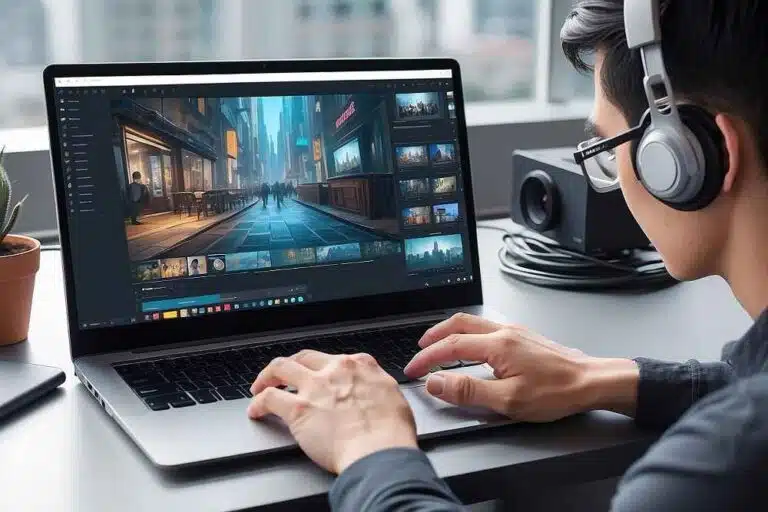
Step 1 to Edit Videos: Importing and Organizing Your Footage
To start editing your videos, the first step is to import your footage into your chosen editing software. Most editing programs allow you to simply drag and drop video files from your computer into the project library, while others may require you to navigate through the import menu. It’s essential to ensure that your files are in a compatible format to avoid any issues during the editing process.
Once you’ve imported your videos, developing a cohesive organizational system is crucial for an efficient workflow. Create folders for different types of media—such as raw footage, audio files, graphics, and effects—to easily locate and manage your assets. Label your clips clearly and consistently, using descriptive names that indicate the content or scene. By categorizing your files and maintaining an orderly structure, you can streamline the editing process, save time, and enhance your overall creative experience.
Step 2 to Edit Videos: Basic Editing Techniques
Once you have organized your footage, the next step is to focus on basic editing techniques—specifically, trimming and cutting clips to remove any unwanted sections. To trim a clip, select it in your timeline and adjust the handles at each end to shorten its duration, allowing you to keep only the most relevant parts. Cutting clips can be done using the blade tool or a similar function in your editing software. Simply position the playhead at the point where you wish to make a cut and click to split the clip into two separate sections.
After cutting, you can rearrange your clips within the timeline. Drag and drop segments to create a desired sequence, ensuring a smooth flow of storytelling. If you need to join clips back together, many editing programs allow you to select two connected clips and merge them into one. This technique helps maintain continuity and enhances the viewing experience. By mastering these basic editing skills, you can effectively craft your narrative by eliminating distractions and creating a polished final product.
Step 3 to Edit Videos: Adding Transitions and Effects
Transitions serve as essential tools in video editing, helping to create seamless shifts between clips and maintain viewer engagement. Common types of transitions include fades, dissolves, wipes, and cuts, each offering distinct stylistic choices to match the tone of your video. For instance, a fade to black can denote the passage of time, while a wipe can add dynamic energy to fast-paced sequences. It’s important to use transitions sparingly—excessive or inappropriate transitions can distract rather than enhance your narrative.
In addition to transitions, visual effects and filters allow you to further enhance your video’s aesthetic quality. These effects can range from simple colour corrections to more complex overlays and animations. Using filters can dramatically change the mood of your footage, such as applying a vintage filter for a nostalgic feel or a high-contrast filter for a more modern look. Always preview your effects and adjust their intensity to ensure they complement the overall visual story without overpowering it. By thoughtfully incorporating transitions and visual effects, you can elevate your video and create a more immersive viewing experience.
Step 4 to Working with Audio
Audio quality is just as crucial as the visual elements in video editing. To create a compelling video, start by adjusting audio levels to ensure clarity and consistency across all sound elements. Use audio meters to monitor the levels, aiming for a balanced mix that prevents any individual sound from overpowering others. Background music can significantly enhance the mood and emotional impact of your video; however, it’s essential to select tracks that match the video’s tone and intent.
When adding music, ensure that it is not too loud, allowing dialogue and other important audio cues to remain clear. Additionally, synchronising audio with the visuals is vital for maintaining viewer engagement. Pay close attention to lip-syncing and key sound effects, aligning them precisely with their corresponding actions on screen. Finally, consider incorporating sound effects to elevate specific moments, drawing the audience’s attention and adding depth to the viewing experience. By meticulously managing audio levels, music, and synchronization, you can significantly improve the overall polish and professionalism of your video.
Step 5 to Exporting Your Video
Choosing the right export settings is essential for achieving the best quality while keeping file sizes manageable. Start by selecting the appropriate resolution based on your intended platform; for instance, 1080p is suitable for most online platforms, while 4K may be necessary for high-end productions or specific streaming services. Next, consider the format; MP4 is widely accepted and provides a good balance between quality and file size.
Bitrate settings also play a critical role—higher bitrates lead to better quality but larger files. Aim for a variable bitrate (VBR) setting to optimize your file size without compromising quality significantly. Additionally, be mindful of the frame rate; maintaining the same frame rate as your original footage will help preserve smooth motion in the final product. Finally, test different export settings with short segments to find the best options that meet your quality standards while keeping file sizes optimal for your audience’s needs. By carefully selecting your export settings, you can ensure your video is visually stunning while remaining accessible and easy to share.
How to Learn Editing: Resources and Strategies
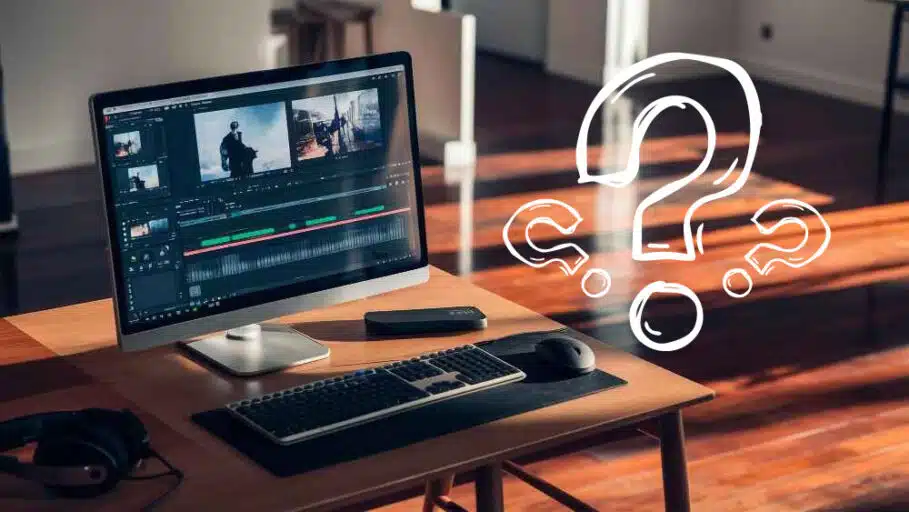
Online Tutorials and Courses
To enhance your video editing skills, countless online tutorials and courses are available across various platforms. Websites like Udemy, Coursera, and Skillshare offer structured courses that cater to different skill levels, from beginners to advanced editors. YouTube is also an invaluable resource, providing free tutorials on specific software features, techniques, and creative editing tips. Engaging in community forums such as Reddit or dedicated editing groups can foster learning through shared experiences and advice. Practical application of what you’ve learned through these resources will reinforce your skills, refining your editing style and enhancing your project outcomes.
Practice and Experimentation
Practice is paramount in mastering video editing. Regularly experimenting with different editing styles, transitions, and effects can help you discover your unique creative voice. Set aside dedicated time to work on personal projects, whether it’s editing home videos or creating short films. This hands-on approach reinforces your technical skills and allows you to apply concepts learned from tutorials and courses. Additionally, don’t shy away from experimenting with new software or tools. Trying out various applications can expand your skill set and offer fresh perspectives on your editing process. Embrace mistakes as valuable learning opportunities along the way.
What are some Advanced Tips for Video Editing?
Fine-Tuning Your Edits
Fine-tuning your edits is essential for achieving a polished final product. Pay attention to pacing, audio levels, and colour grading to enhance the overall quality of your video. Use tools like sound design and visual effects to create a cohesive narrative. Careful adjustments can transform a good edit into a great one.
Adding Motion Graphics and Titles
Incorporating motion graphics and titles can elevate your video edits significantly. Use animated text to convey key messages or branding elements. Incorporate transitions and effects that align with your video’s tone for seamless integration. Tools like Adobe After Effects or similar software can help create dynamic visuals that engage viewers effectively.
Optimizing Workflow
Optimizing your workflow is crucial for efficient video editing. Organize your footage into folders, label clips clearly, and create project templates to streamline your process. Familiarize yourself with keyboard shortcuts to speed up editing tasks, allowing you to focus more on the creative aspects of your project.
What are Some Common Challenges faced while Video Editing for Beginners?
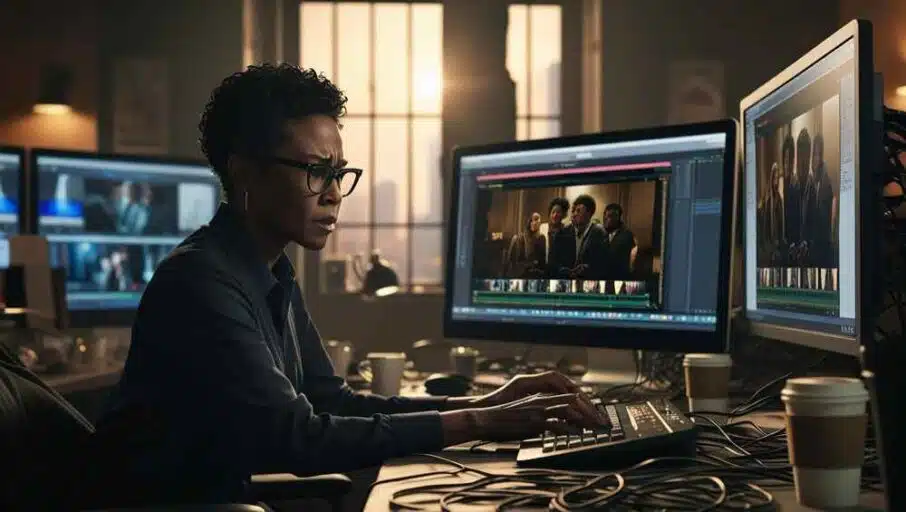
Dealing with Technical Issues
Dealing with technical issues can be a significant challenge for beginners in video editing. Common problems include software crashes, compatibility issues, and hardware limitations. Understanding how to troubleshoot these challenges and having contingency plans can help maintain workflow and reduce frustration, allowing for a more enjoyable editing experience.
Maintaining Consistency
Maintaining consistency in video editing is essential for creating a cohesive final product. This involves adhering to a uniform style in terms of colour grading, fonts, and transitions throughout the project. Consistent editing not only enhances visual appeal but also helps in conveying the intended message effectively to the audience.
Staying Motivated
Staying motivated during video editing can be challenging, especially for beginners. To maintain enthusiasm, set achievable goals, break tasks into manageable chunks, and celebrate milestones. Engaging with a supportive community or seeking feedback can also inspire creativity and provide the encouragement needed to navigate through the editing process successfully.
Your Next Steps in the Video Editing Journey
In summary, your journey in video editing begins with mastering basic edits, which serve as the foundation for more complex techniques. As you grow more comfortable with software and editing concepts, you can delve into advanced skills such as colour correction, audio mixing, and special effects. Continuous learning and improvement are vital; leveraging online resources, tutorials, and community feedback can significantly enhance your editing capabilities. Video editing holds immense potential for creating compelling content and storytelling, especially for a video production company in India, allowing you to transform raw footage into engaging narratives that resonate with your audience. Embrace the process, and let your creativity flourish!
